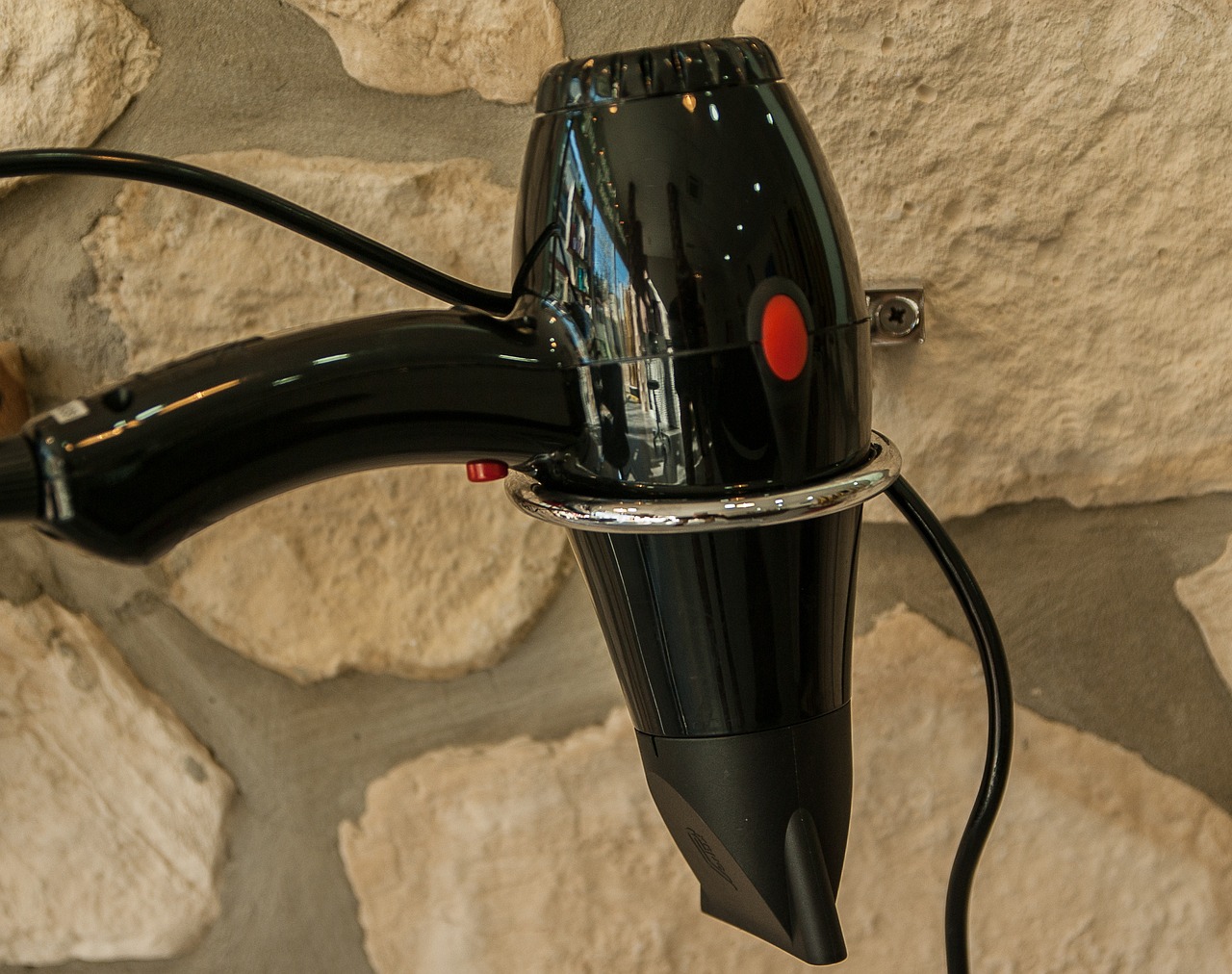With the rising cost of living, many Brits are focusing on being able to afford necessities such as food and drink while putting off home repairs. However, this may cost you more in the long run because putting off home repairs for too long may cause them to worsen and become more expensive.
Fortunately, one expert has shared some pointers and tricks for dealing with minor household maintenance tasks, which could save you money on professional cleaning services. According to Matthew Jenkins, a heating expert at MyJobQuote, now is the time to prepare your home for rain, snow, and storms.
This means that there are some jobs you will need to get around to soon before the worst of the winter weather arrives. And, by bringing these ticked off now, you could save yourself a larger bill.
Even Matthew has offered a tip that could help you save £625 annually: use a regular household item to complete one task. Another suggestion might help you avoid paying an extra £75 in bills. What are you still holding out for? Take on these little tasks by reading on.
Save £625 A Year Using Hair Dryer To Clean Dust And Dirt

It’s common for horizontal radiators to have convector fins inside; if these become dusty, less heat will transfer between them, which could increase inefficiency and cause blockages.
Your energy bills could go up by up to 25% if your heating system is dirty, according to research by Enertek International. Beginning on October 1, 2022, the average household in Great Britain will pay £2,500 annually for energy.
According to MyJobQuote, having a dirty heating system could increase this cost by up to £625. However, you might be able to avoid this by using this simple two-step hairdryer hack.
In the first step, switch off your radiators and place a towel underneath them to catch any dust and debris.
Step two is to position the nozzle of your hairdryer in the space between the back of your radiator and the wall while it is in its highest setting. Dust and dirt will be blown onto the towel you placed underneath the radiator; as a result, preventing them from collecting in the convector fins.
Hair Dryer Wattage
The most common hair dryer wattage is 1875W.
Hair dryers typically use 1,875 watts (1.875 kWh) on the highest setting, 975 watts (.975 kWh) on the medium setting and 862.5 watts (.8625 kWh) on the lowest setting, costing $0.28, $0.15 and $0.13 per hour, respectively.
The term “hair dryer wattage” refers to the device’s power rating; it is the maximum amount of power, expressed in watts, that the hair dryer will consume while functioning normally.
The wattage determines how much electricity the hair dryer can use. Many people estimate the expected performance using the wattage of the hair dryer.
The idea is that wattage and performance are related, the higher the wattage, the higher the output. But is this presumption true or false. Higher wattage typically correlates with higher output, but this is only sometimes the case.
Inefficient hair dryer motors may be more powerful but perform or produce less than their more effective counterparts. But generally speaking, a higher hair dryer’s wattage corresponds to a higher output (i.e., more heat and higher airflow).












